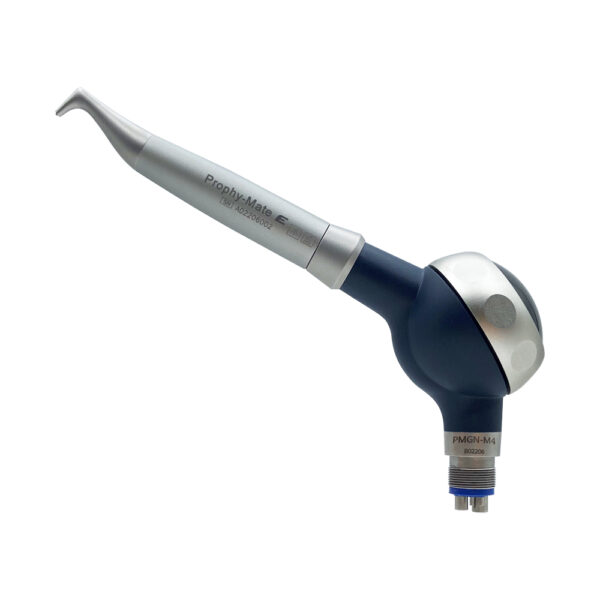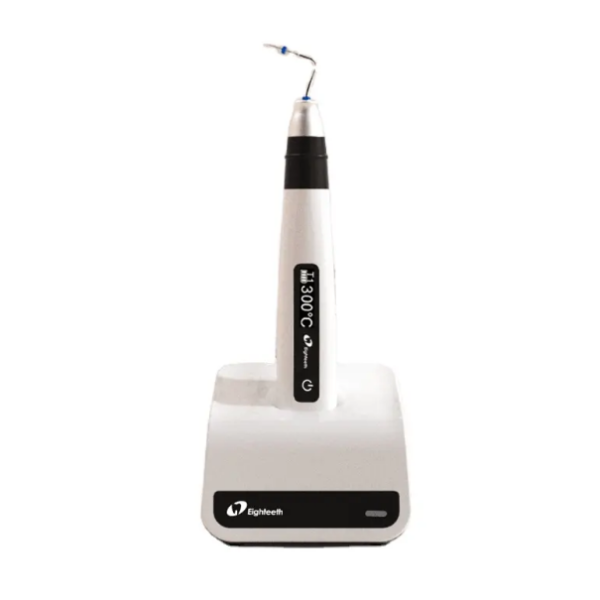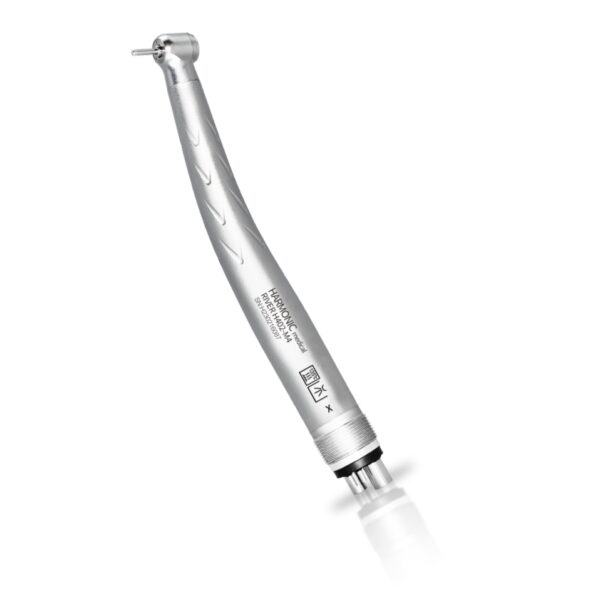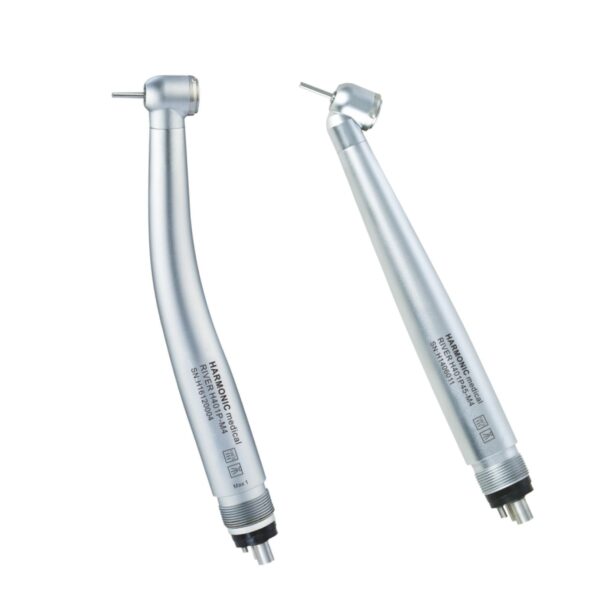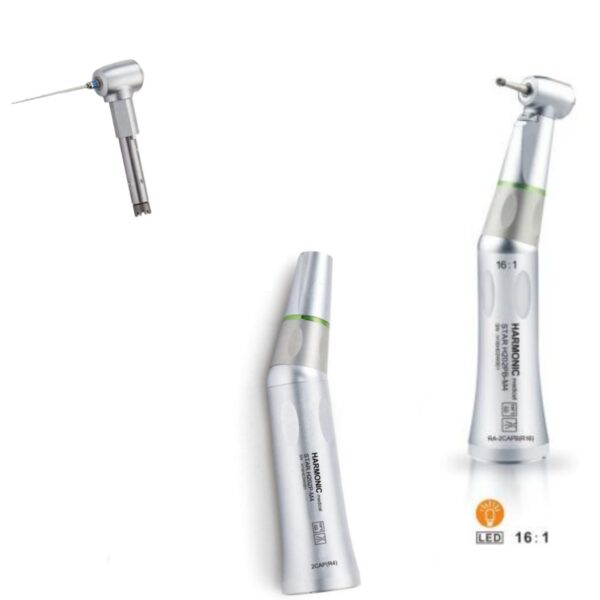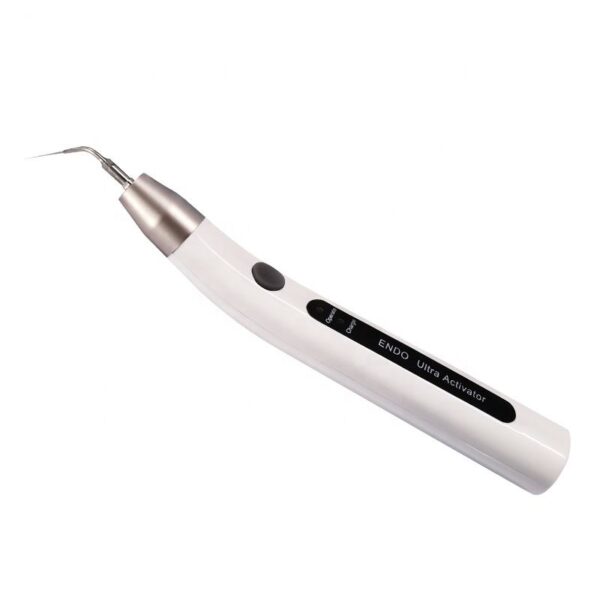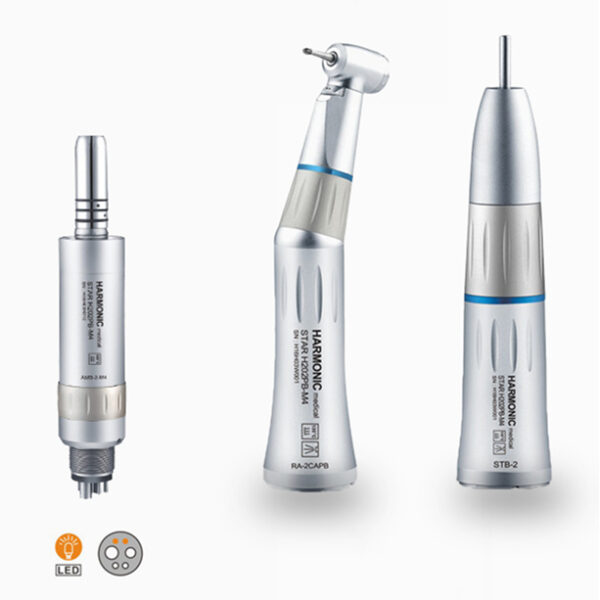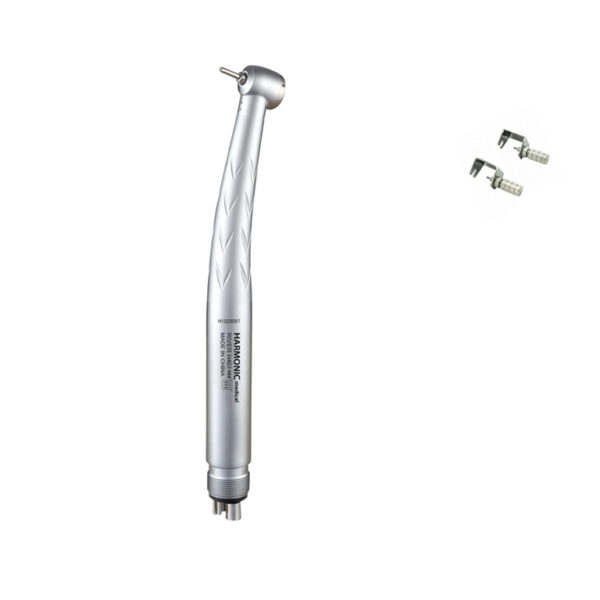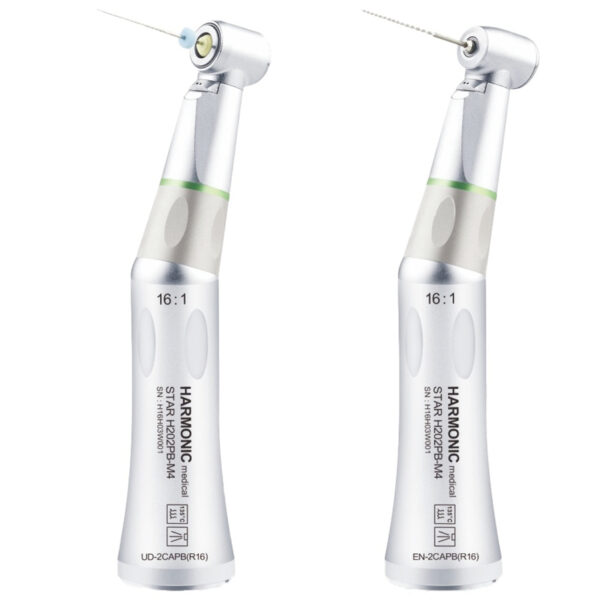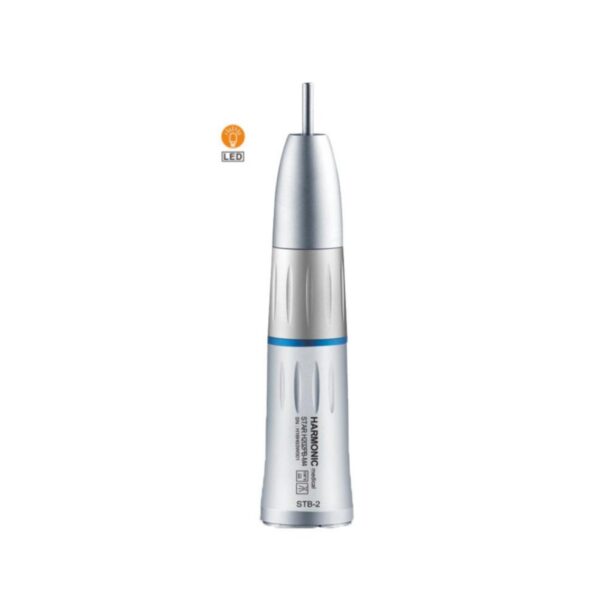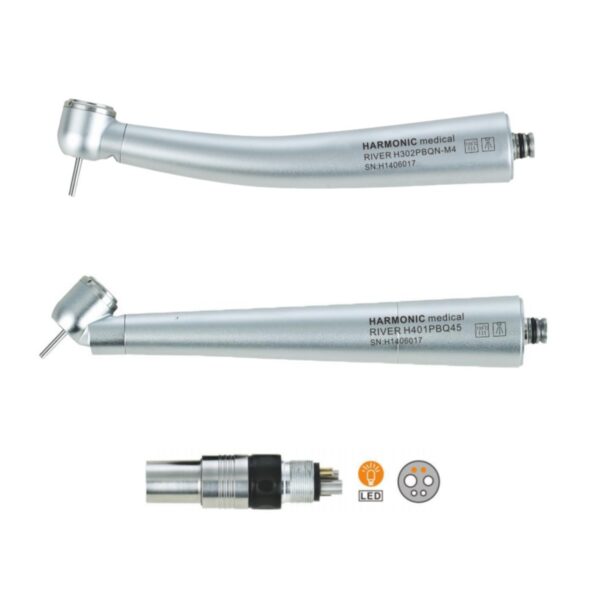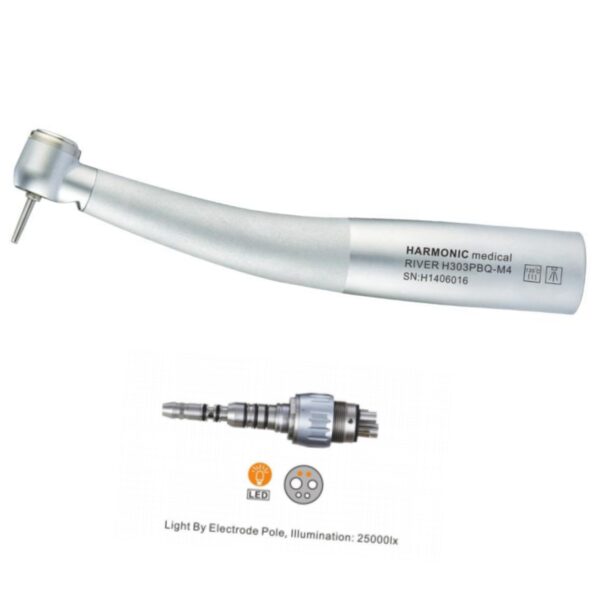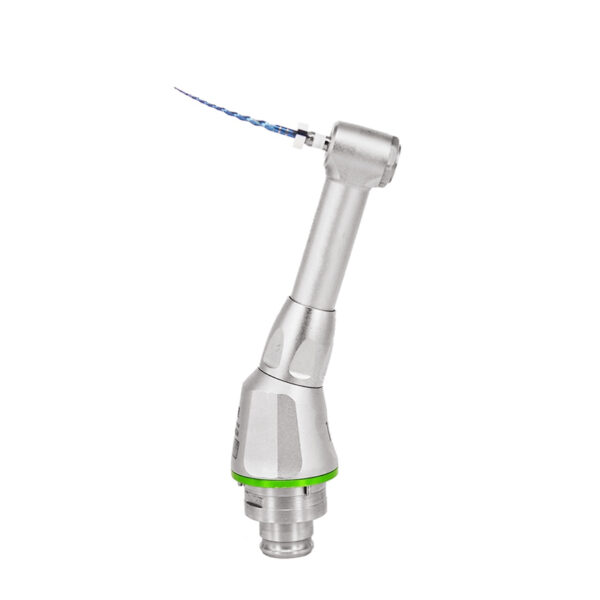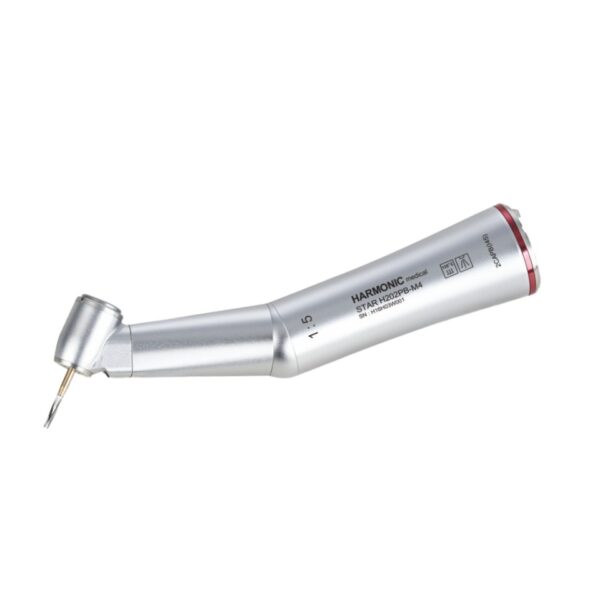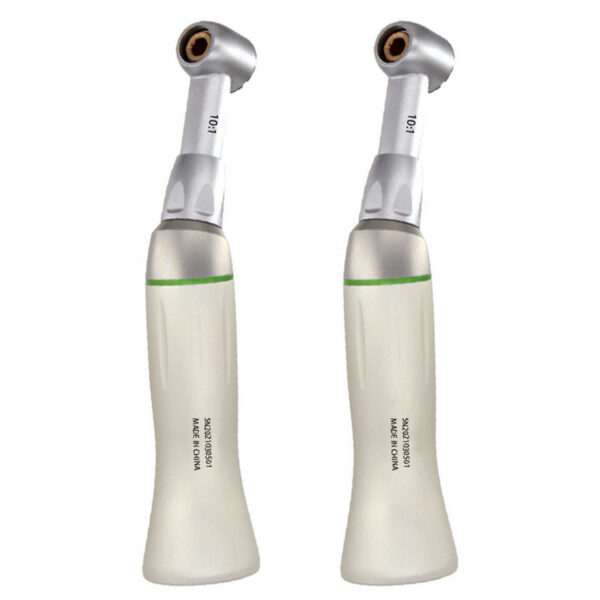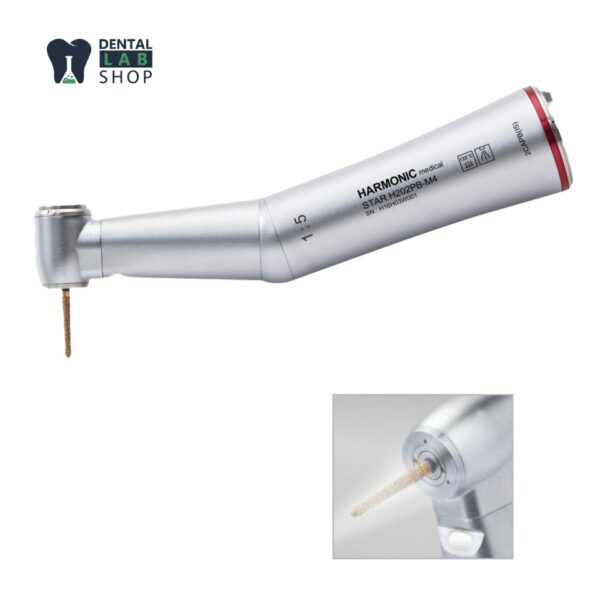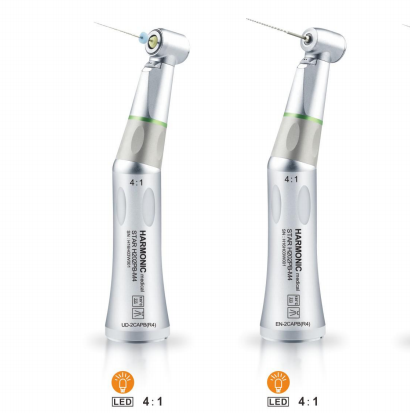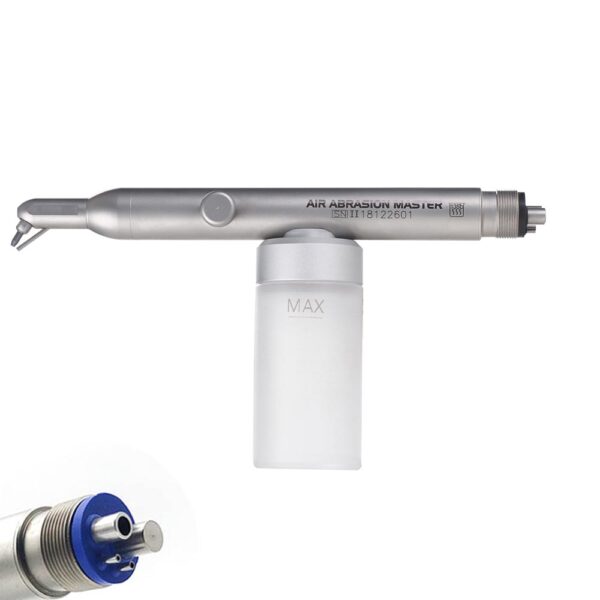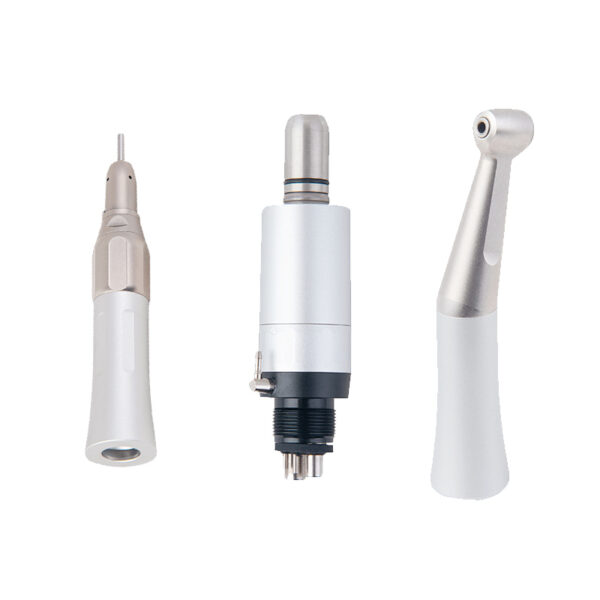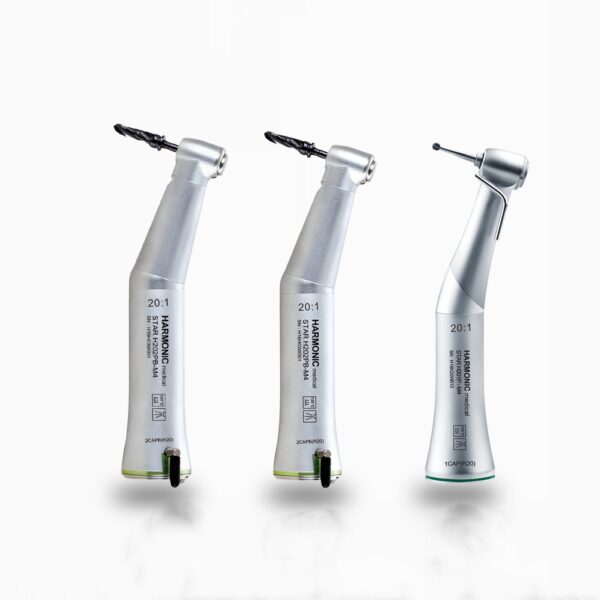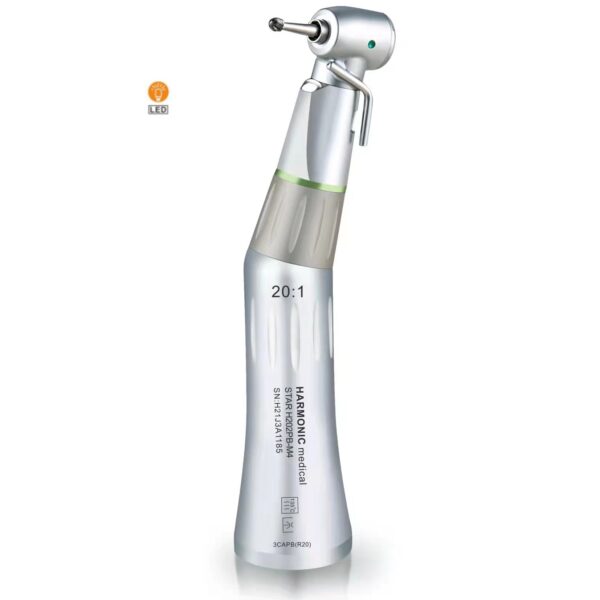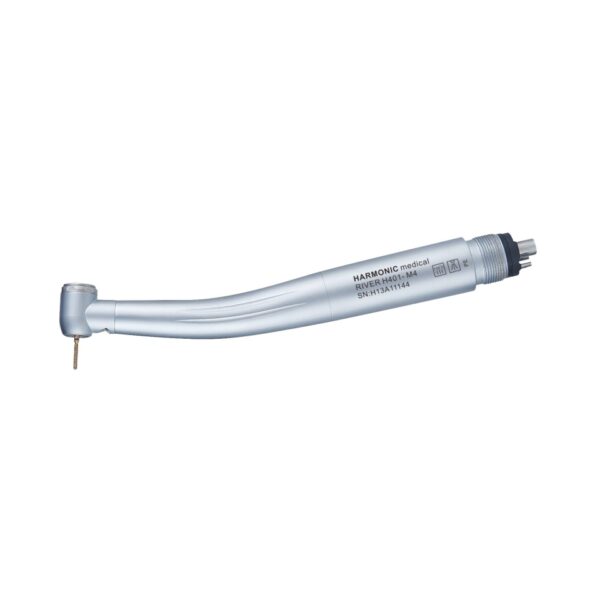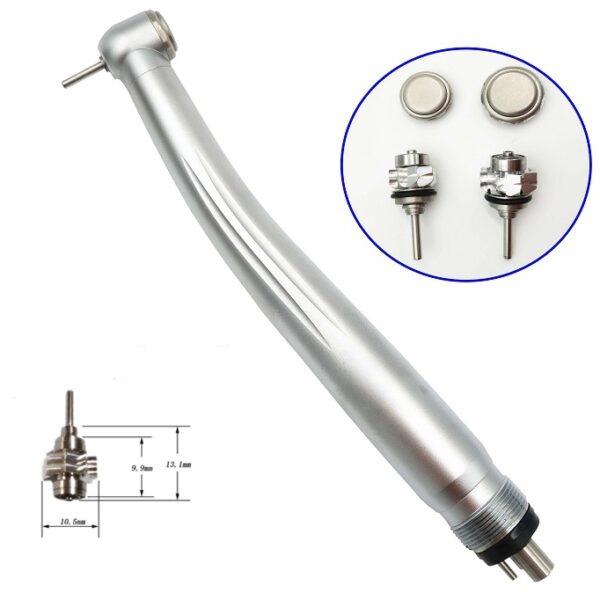Blog
The essential dental handpiece types dentist should know when purchasing a suitable one
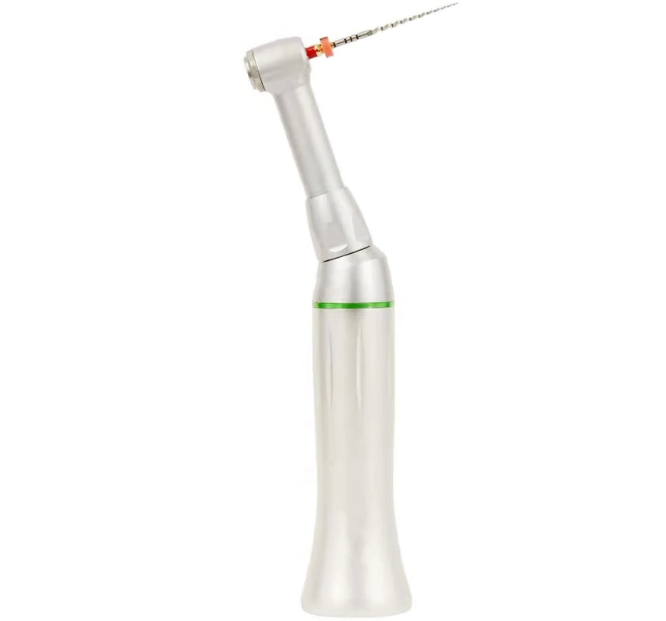
Dental Handpieces types and function In Dentistry
Restorative dentistry necessitates the extraction and shaping of the dental structure including enamel and dentin. Previously hand instruments are also employed for this, but their application is more complicated and limited. Hand instruments also generated a lot of heat which could be harmful to vital structures of the tooth. One of the most important components of dental practice is the handpiece. It can be used as an instrument for efficiency and precision in everything from minute tweaks to routine activities. A rotating dental instrument is an electrically powered device that works efficiently and precisely. In dental clinics, dental handpieces are the most widely used dental rotary equipment. A rotating motor and burs in the head of the dental handpieces cut and trim dental structures.
Types of dental handpieces
The different types of handpieces are:-
- Based on the speed at which it works(RPM)
Slow speed handpiece
A Low (Slow) Speed Handpiece is a handheld motor that spins the dental bur and prophy cup at 12,000 RPM. It is usually air-driven or electric. They’re employed in endodontic procedures like root canal treatments to remove cavities and refine cavity preparations. The dental bur attachment, air/water nozzles, construction material, and angle design of the low-speed handpiece differ by manufacturer.
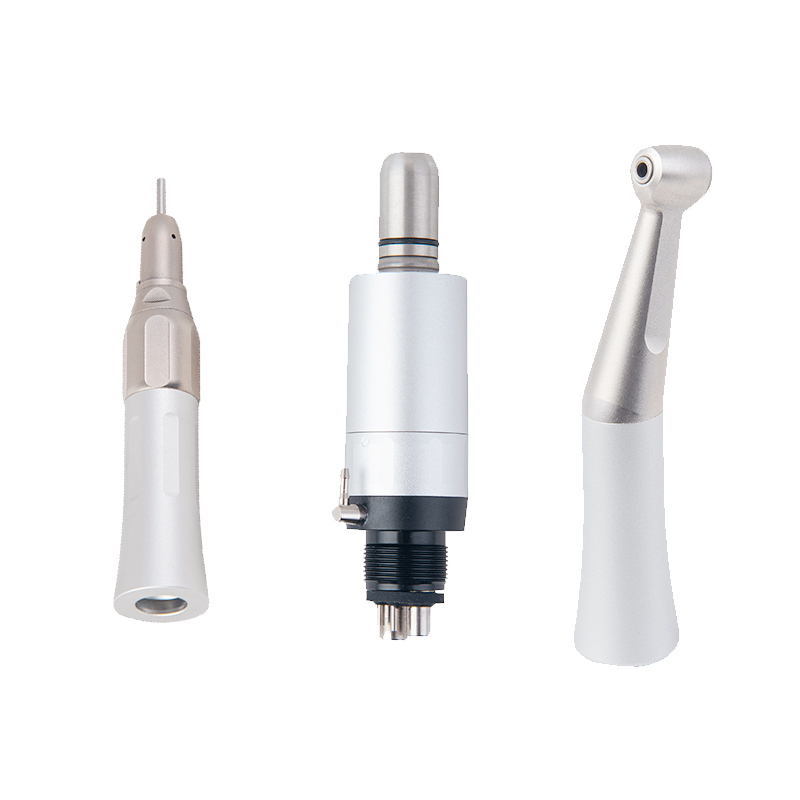
High-speed handpiece
The high-speed handpiece is a precise device for efficiently and quickly removing tooth tissue with minimal pressure, heat, or vibration. It quickly cuts the teeth, but it must be used with caution. Dental high-speed handpieces come in a variety of shapes and materials, but they always spin at 250,000 to 400,000 RPMs. Attachment type, head size, light source (fiber optic lights), handpiece weight, and motor noise are among the characteristics that characterize high-speed dental tools.
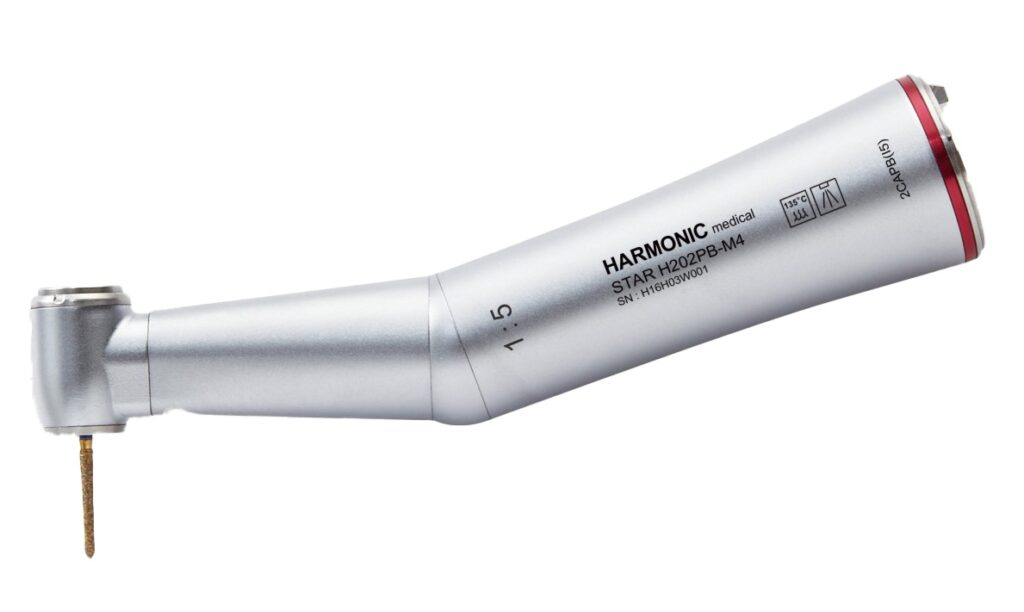
- Based on shape
Straight handpiece
These burs, which are designed for use in straight or laboratory-style handpieces, can be utilized for a range of activities in a dental laboratory. Straight handpiece burs come in a number of formats and head shapes, so it’s critical to select the right one for the material you’ll be trimming. Some burs are made to trim precious metals, while others are made to shape dental models or ceramic restorations. If you use a straight handpiece, make sure you have a variety of straight handpiece burs on hand to do whatever task the next case calls for.
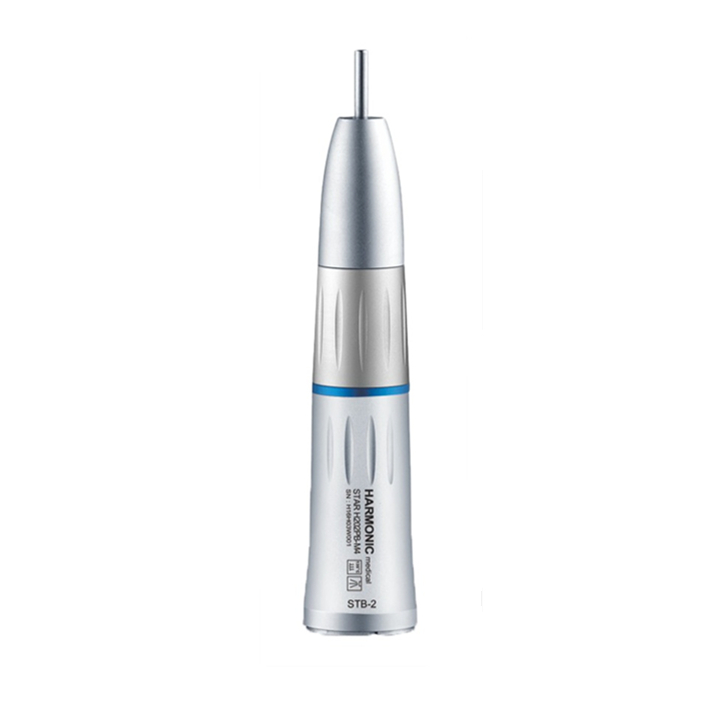
Contra angle Handpiece
The head is tilted in a contra-angle handpiece, and the burs are perpendicular to the handpiece plane. Crown cutting and restoration are two examples of restorative dental procedures that utilize it. In the dental operating technique, a contra-angled handpiece provides stability and simple accessibility.
Straighten your teeth without the need for surgery. In the dental operating technique, a contra-angled handpiece provides stability and simple accessibility.
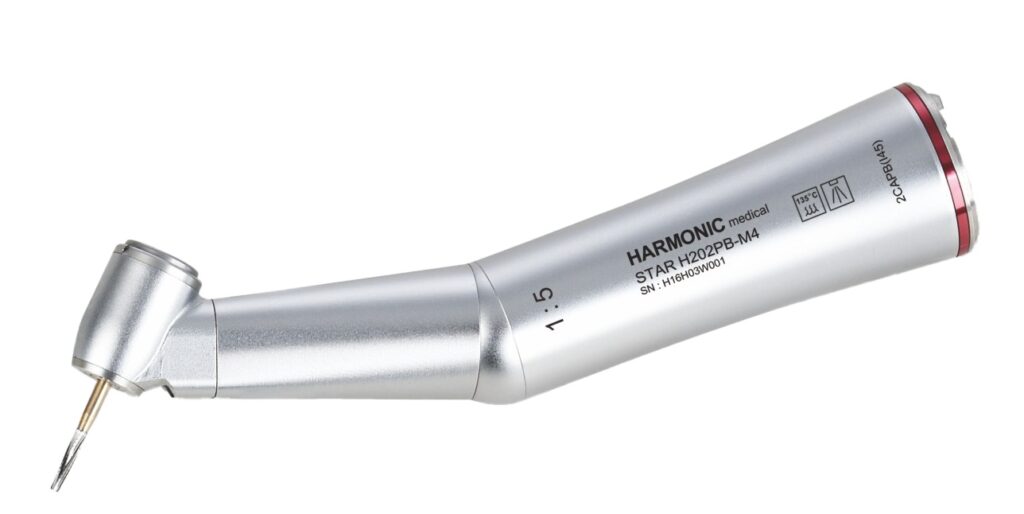
- Based on the mode of action
Surgical Handpieces:
A surgical air-driven handpiece is required for safe oral surgery. These surgical handpieces have grated vents that prevent air from spraying into your oral cavity while you’re under anesthesia. This is important because it can quickly cause difficulties.
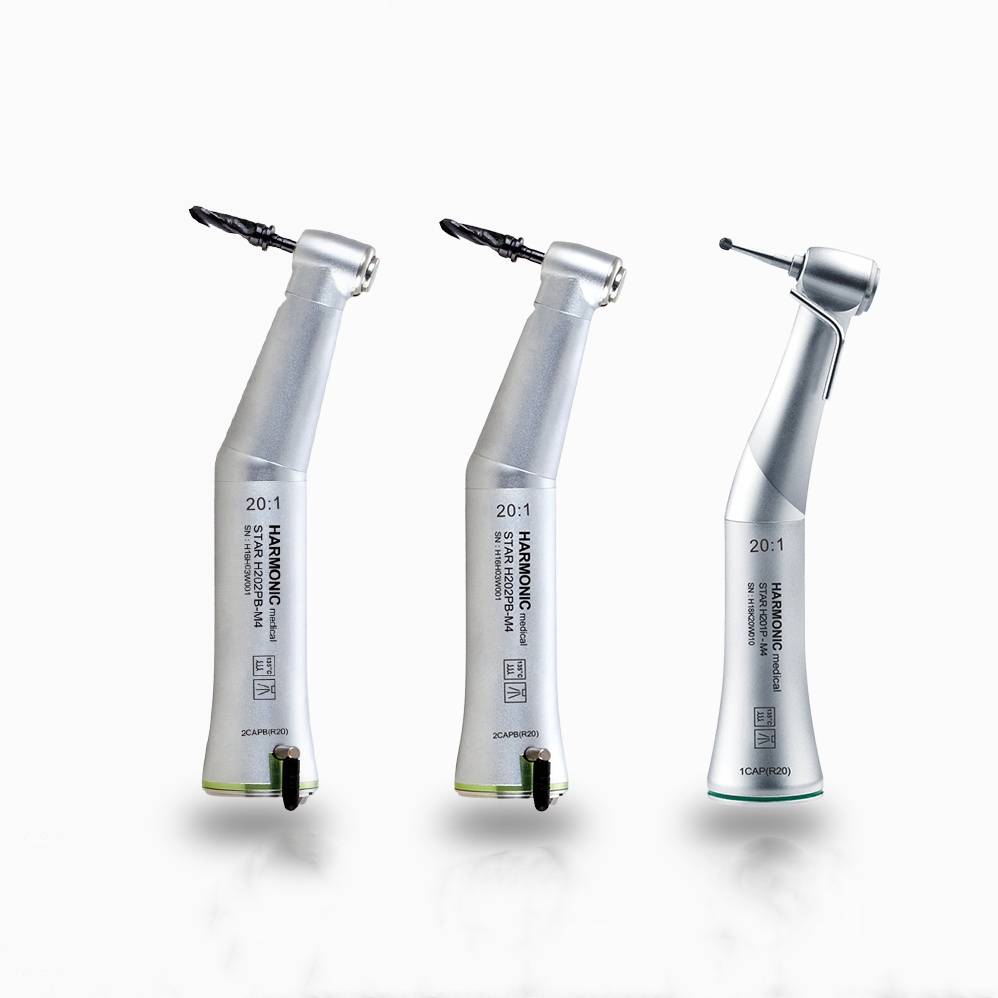
Endodontic Handpieces:
Endodontic handpieces are specialist dental implements used during root canal treatments to clean and shape canals. In most circumstances, these tools can drive endodontic files with accuracy, preventing file breakage or binding. These handpieces work with your selected file system and other operatory equipment for precision, whether they’re reciprocating or rotating.
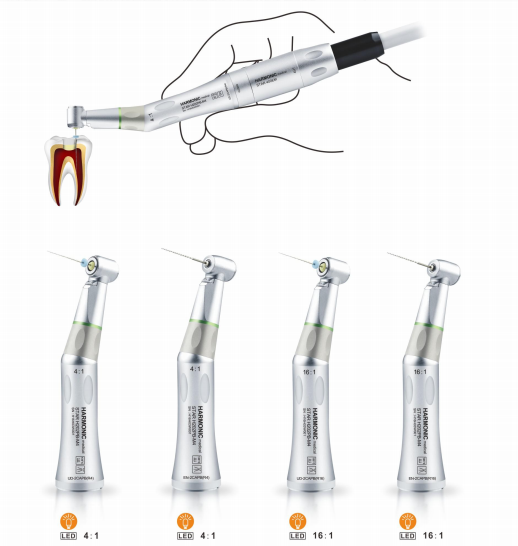
Implant Handpiece
The implant handpieces were created with oral and maxillofacial surgery in mind. They are especially durable since they are made of high-quality stainless steel with a unique coating.
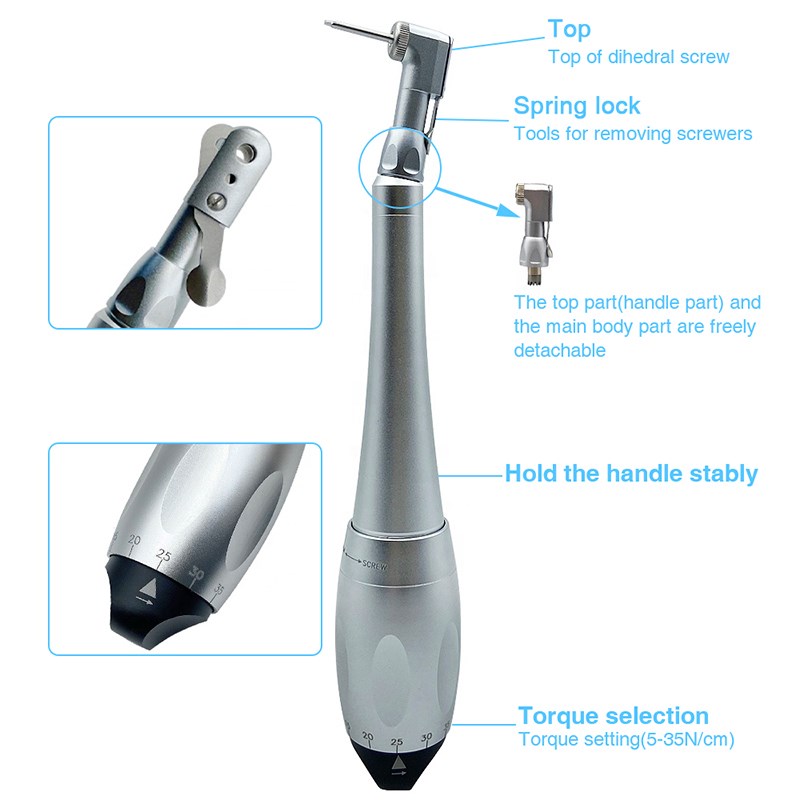
Air turbine Handpiece
The rotary cutting tool is rotated by an air-driven turbine in conventional high-speed handpieces. With this gear, high speeds between 250,000 and 420,000 rpm are possible. Dental offices value air-driven handpieces for their smaller weight and sleeker shape, as well as typically lower repair and startup costs.
Under large loads, the bur, however, may slow down and lose some of its cutting power. The classic air-driven handpieces’ bearings are another drawback. As they age, they may cause the bur to shake, producing the unwelcome “chatter” that patients detest.
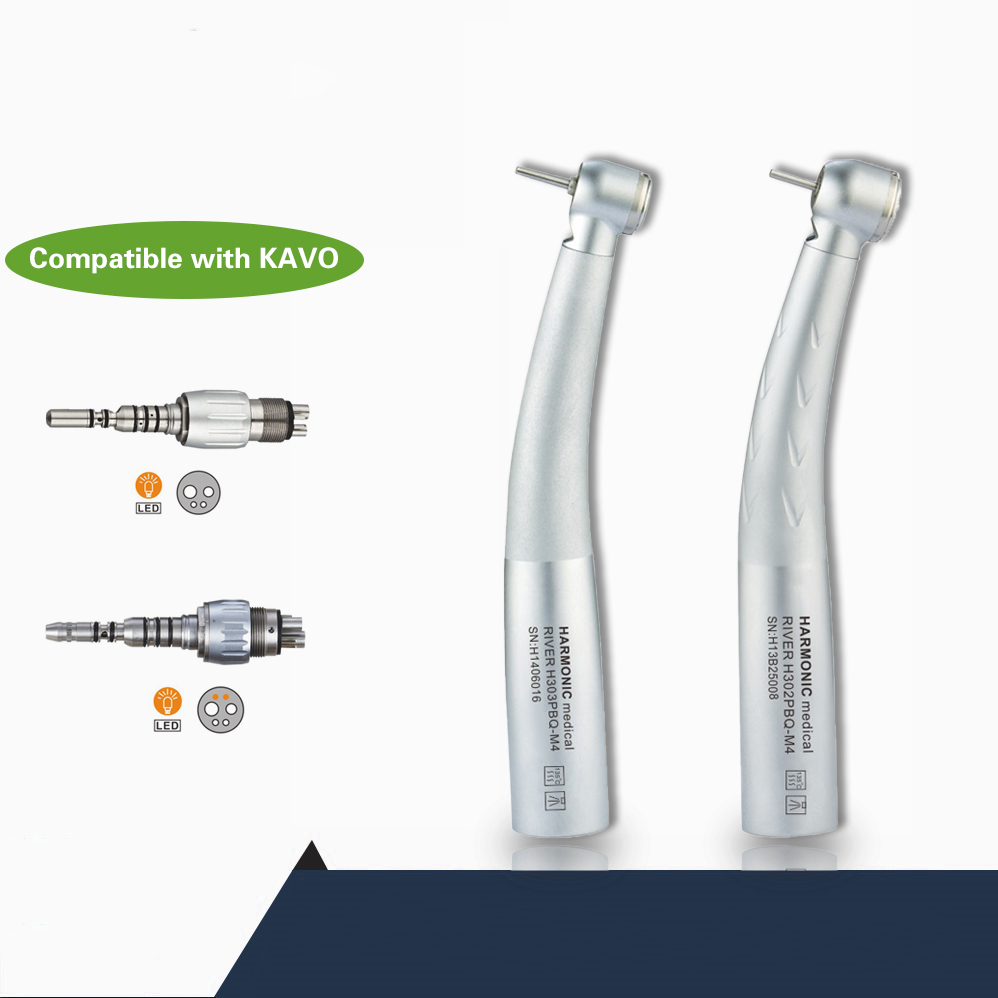
Electric Motor Driven Handpiece
Depending on the kind and attachments being used, electric motor handpieces can spin at a minimum of 20 rpm to as high as 200,000 rpm. These modifications enable the use of a single electric motor handpiece for both high-speed (restorative and endodontic) and low-speed treatments (restorative, hygienic, endodontic, surgical, and laboratory).
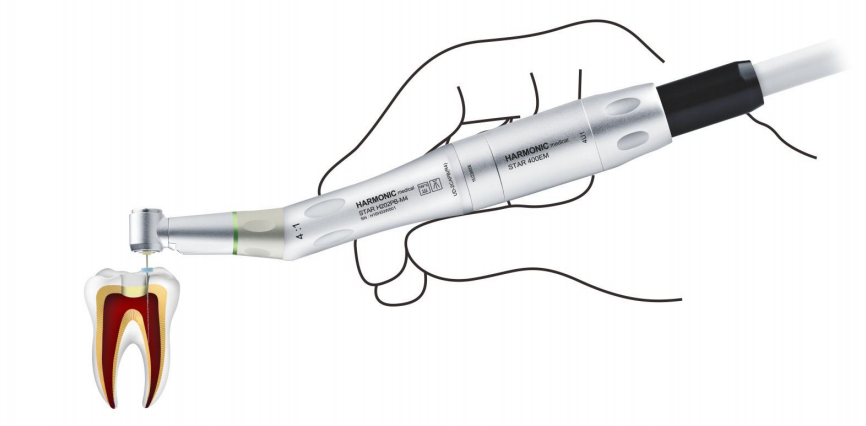
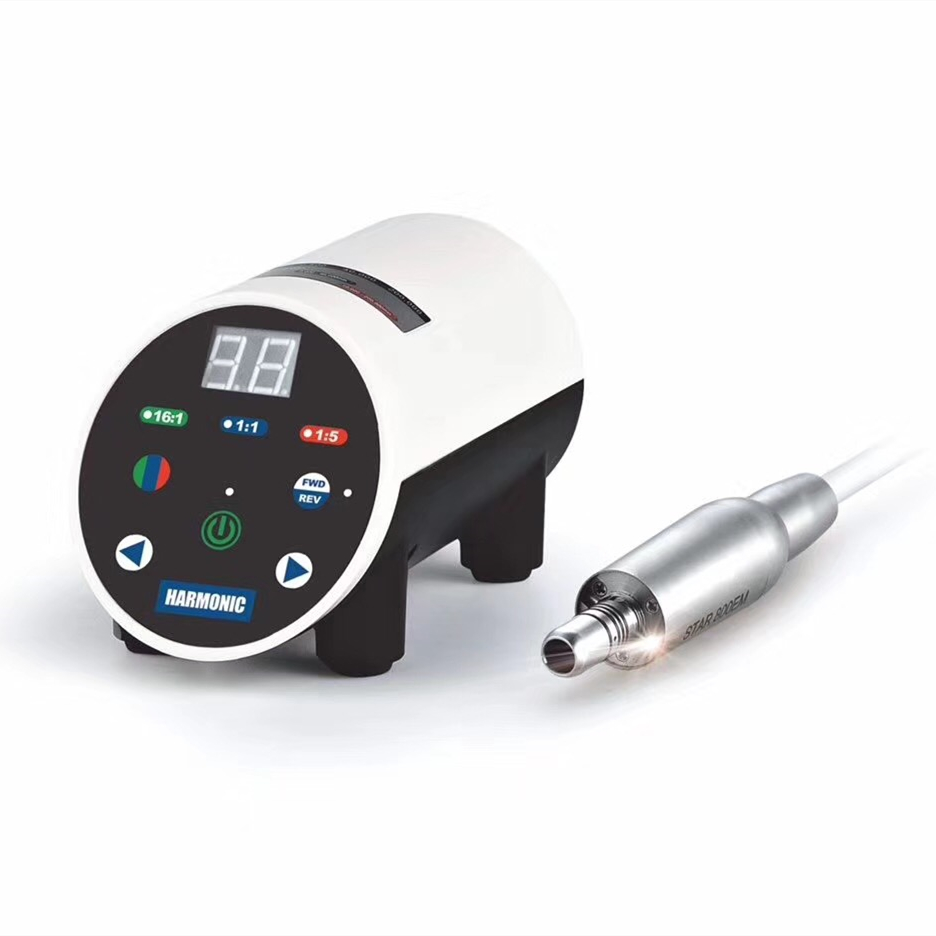
Sterilization of dental handpieces
To avoid cross-infection, the dental instrument must be sterilized. Dental handpieces made of corrosion-resistant stainless steel can be easily sterilized. The sterilizing regime specifies a temperature range of 121-134 degrees.
Conclusion
When selecting a dental handpiece, the first thing to consider is what jobs it will be used for. High-speed alternatives are frequently utilized for tooth preparation, whereas low-speed options are better for completing and polishing restorations. Many electric handsets have a high/low-speed choice, which is ideal if your demands change – but most of these systems also provide both speeds. Once you know how this item will perform in your specialized dentistry office, it’s crucial to have a sense of how well it feels in your hands: weight balance, head size durability, and other factors all play a role in determining whether or not that particular piece will meet your needs. Finally, research what type of care is required, and keep in mind that dental handpieces are an investment, so do your research and choose the best suit for you.
-
 Powder Jet Handpiece for Hygienists
Powder Jet Handpiece for Hygienists -
 Obturation Pen for Root Canal Therapy
Obturation Pen for Root Canal Therapy -
 3D Obturator Handpiece Filling System
3D Obturator Handpiece Filling System -
 VersaCut – Advanced Saw Handpieces for Precision Dental Cutting
VersaCut – Advanced Saw Handpieces for Precision Dental Cutting -
 Mini Head Handpiece For Child, Triple Spray
Mini Head Handpiece For Child, Triple Spray -
 Intraoral Camera Handpiece
Intraoral Camera Handpiece -
 Air Turbine Handpiece Anti Retraction
Air Turbine Handpiece Anti Retraction -
 Contra-angled Handpiece Accessories | KaVo Compatibility
Contra-angled Handpiece Accessories | KaVo Compatibility -
 Endodontic Activator
Endodontic Activator -
 Handpiece Set
Handpiece Set -
 Wrench Handpiece NSK Compatible
Wrench Handpiece NSK Compatible -
 Speed 16:1 Endodontic Handpiece
Speed 16:1 Endodontic Handpiece -
 Straight 1:1 Restorative Handpiece
Straight 1:1 Restorative Handpiece -
 High Speed Hand-piece Air Driven Series,Fit NSK Fiber Optic Coupler
High Speed Hand-piece Air Driven Series,Fit NSK Fiber Optic Coupler -
 Fiber Optic Hand piece-KaVo Multiflex Quick Coupling System
Fiber Optic Hand piece-KaVo Multiflex Quick Coupling System -
 Endo Handpiece For Apex Locator
Endo Handpiece For Apex Locator -
 45° Contra-angle Handpiece
45° Contra-angle Handpiece -
 Surgical Straight Handpieces
Surgical Straight Handpieces -
 Contra angle Endo Handpiece
Contra angle Endo Handpiece -
 Red 1:5 Increasing Speed Handpiece
Red 1:5 Increasing Speed Handpiece -
 4:1 Contra-angle Hand piece
4:1 Contra-angle Hand piece -
 Air Abrasion Handpiece
Air Abrasion Handpiece -
 Slow Speed Handpiece
Slow Speed Handpiece -
 20:1 Reduction Contra Angle Handpiece
20:1 Reduction Contra Angle Handpiece -
 Surgical Handpiece Dental Implant
Surgical Handpiece Dental Implant -
 LED Light Dental Handpiece High Speed
LED Light Dental Handpiece High Speed -
 Dental Handpiece Cartridge
Dental Handpiece Cartridge

